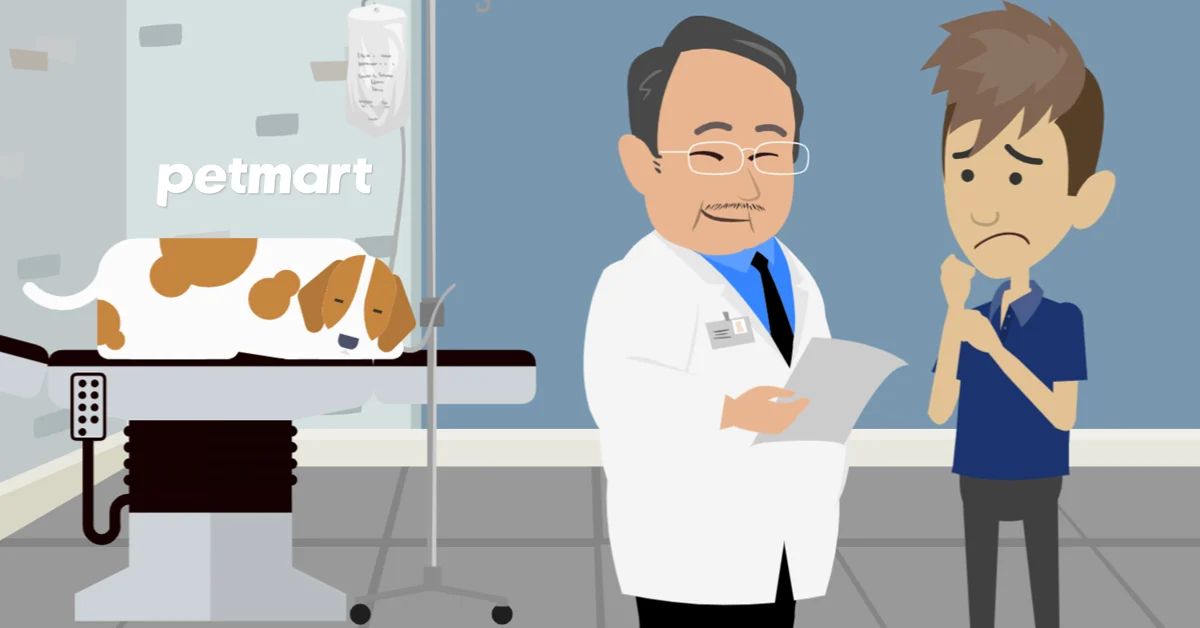
What are Lumps on Dogs
The term lumps on dogs can refer to a variety of tumors, cysts, or masses. These can occur anywhere on the body but are most visible under, inside, or in the skin.
Normally, the cells of tissues, organs, and systems in our bodies will duplicate themselves and replace damaged or older cells. The older cells or damaged ones will then undergo a cell death process. This process of cell growth and death, which normally occurs in a normal manner, can sometimes become abnormal. A lump can form if cells continue to reproduce and/or aging cells don’t die.
There are several types of lumps, because any type of tissue is susceptible to developing one. Four broad categories can be used to divide the lumps that pet owners are most likely to see or feel:
- Tumors of the skin or organs.
- Tumors of deeper tissues such as muscle, fat, bones, blood vessels, and nerves. Examples are lipomas or hemangiomas which can be benign and sarcomas which is malignant.
- Tumors and lumps of cells found in lymph nodes and the blood include mast cell tumors and histiocytomas.
- Gonad lumps such as testicles in male dogs.
Lipomas, mast cells tumors, sebaceous hyperplasias, histiocytomas and papillomas are the most common skin lumps in dogs.
What is the difference between malignant and benign lumps?
The benign lump can grow anywhere on the body, but it does not affect other parts. The malignant lump can spread into other parts of the body. This is known as metastasis. Common benign lumps include lipomas, papillomas and mast cell tumours.
Four ways veterinarians diagnose lumps on dogs
- Fine needle aspiration is the method most commonly used to collect a cell sample. The lump is punctured with a needle connected to a syringe. The syringe will be used by the doctor to draw the sample. Move the needle to ensure that you get enough cells. It is then placed on a slide for a closer look. The FNA is done without anesthesia or sedation, and the size of the needles used for the injection of vaccines, or to draw blood, are the same.
- Lab Tests There are many different kinds of tests, which will be chosen depending on the type and size of tumors, their location, as well as how healthy the animal is. The biopsy may involve removing just a tiny piece or the whole lump. The tissue is usually sent to the lab to be analyzed, but your vet may make an impression or scrape of cells to examine before preserving the large sample.
- Fluid Cytology: This is most commonly used with lumps filled with liquid. Fluid is analysed to determine if any suspended cells can indicate what type of lump it could be.
- Blood Tests For certain lumps, blood tests can reveal changes that suggest a tumor. However, a biopsy is the only way to make a conclusive and complete diagnosis.
What to Do If You Discover a Lump On Your Dog
Most pet parents notice a lump, growth or swelling under or on the dog’s skin when they are petting, bathing or grooming them. When you see a bump or lump, take note of when it was noticed, if it has changed in size, how fast it did so, if it feels painful, or where on your body it is.
While many bumps and lumps do not cause concern, it is difficult to tell if one is. You can’t just look at the lump or feel it. Your veterinarian will most likely recommend that you start with a fine-needle biopsy.
Waiting for an official diagnosis will only increase the chances of a malignant lump spreading. If lumps are malignant, they can spread to other areas of the body if left untreated. Small lumps can be removed with minor surgery, but larger ones may require major surgery and more complications.